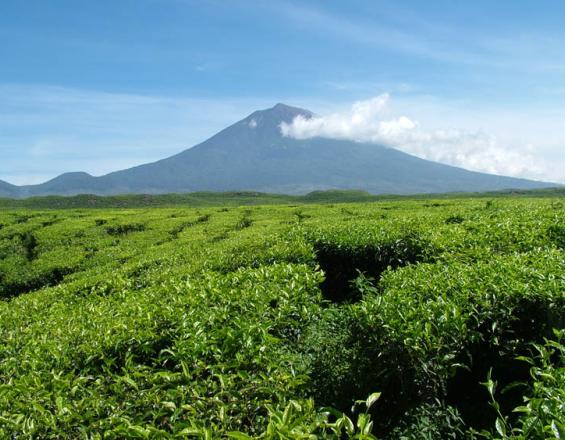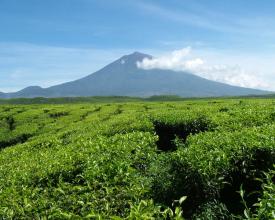Debt swap for nature
Snapshot Solution

A volcano in the Tropical Rainforest Heritage of Sumatra, Indonesia © IUCN David Sheppard
In Gunung Leuser, Kerinci Seblat and Bukit Barisan Selatan national parks (Tropical Rainforest Heritage of Sumatra, World Heritage site), an alternative funding system that redirects or transforms national debt, helped to finance conservation activities. The debt-for-nature swap program supports activities such as development of a scientific management plan, improved biodiversity monitoring, community participation, and addressing human-wildlife conflicts.
Last update: 02 Oct 2020
2942 Views
Context
Challenges addressed
Location
Gunung Leuser National Park, Kong Paluh, Gayo Lues Regency, Aceh, Indonesia
Southeast Asia
Impacts
- increased participation of local non-government organizations and other local institutions
- improved integrity of the 3 national parks
- strengthened biodiversity monitoring system
- reduced human-wildlife conflict
- local community economic benefits
- As a result, other debt swap programs have been agreed with the US government through the Tropical Forest Conservation Program (TFCA), using a trust fund mechanism. The first TFCA benefits 13 landscapes of Sumatra ($ US 29 mio); the 2nd TFCA (almost $ US 28 mil ) benefits 3 districts in Kalimantan (Borneo), and the 3rd TFCA ($ US 11) is dedicated to support wildlife conservation, especially for tigers, rhinos and other associated wildlife in Sumatra.


